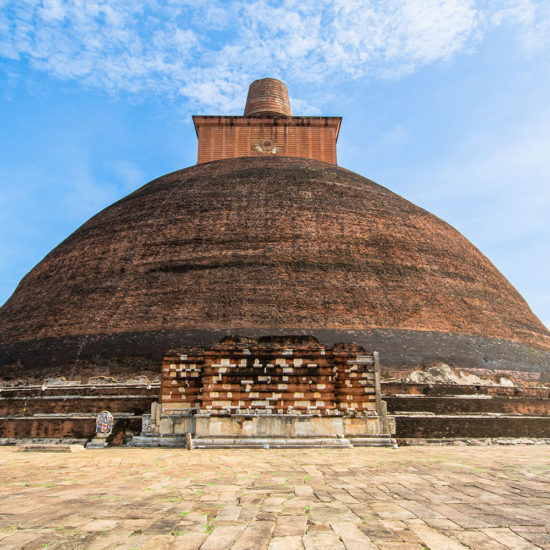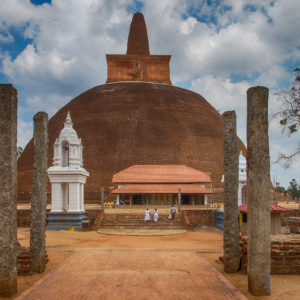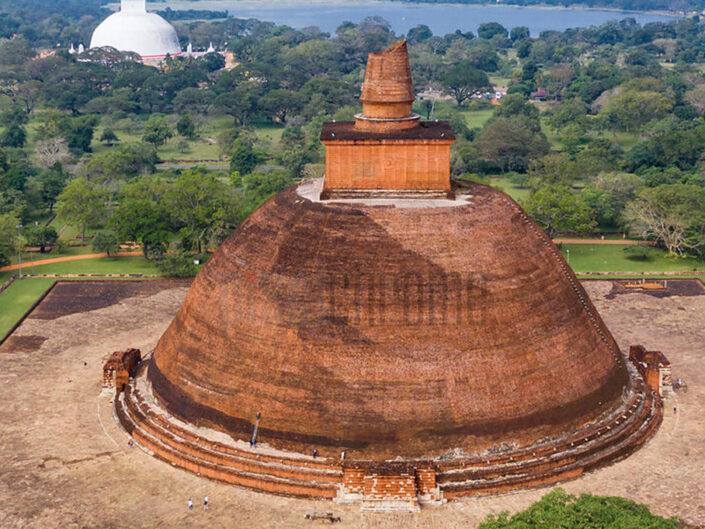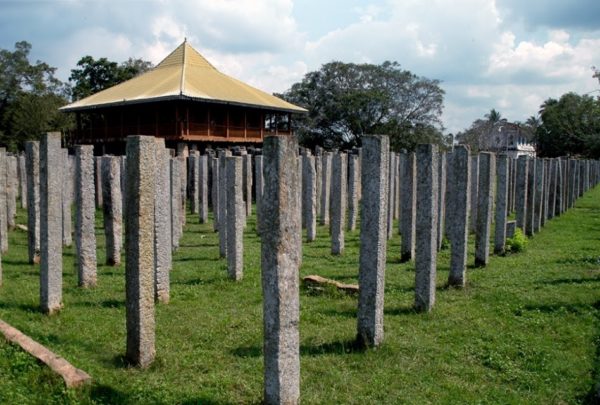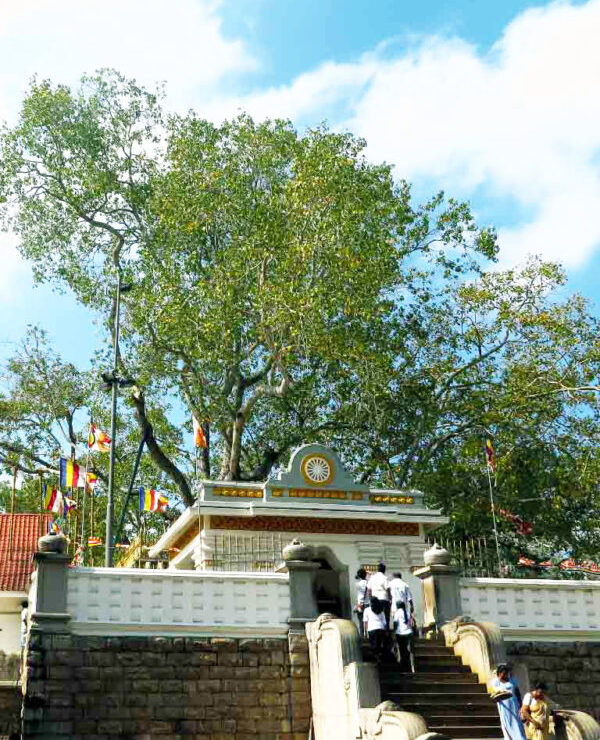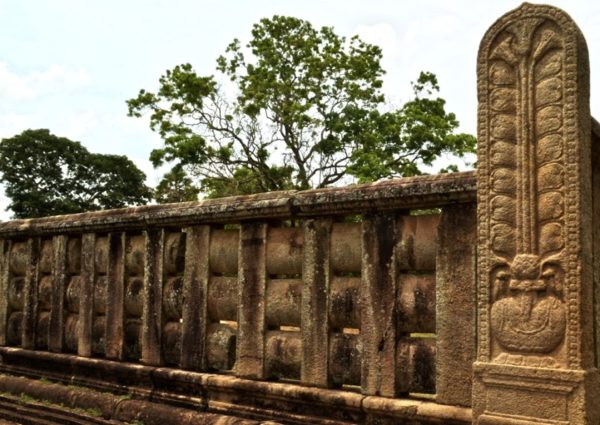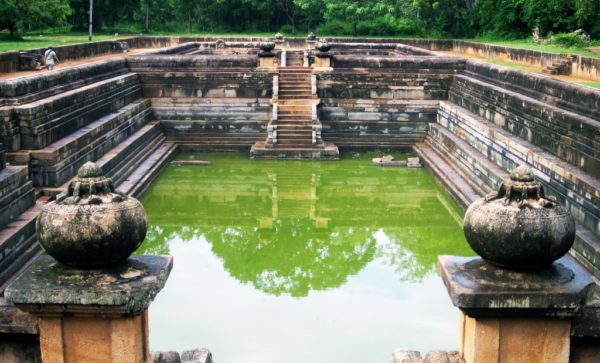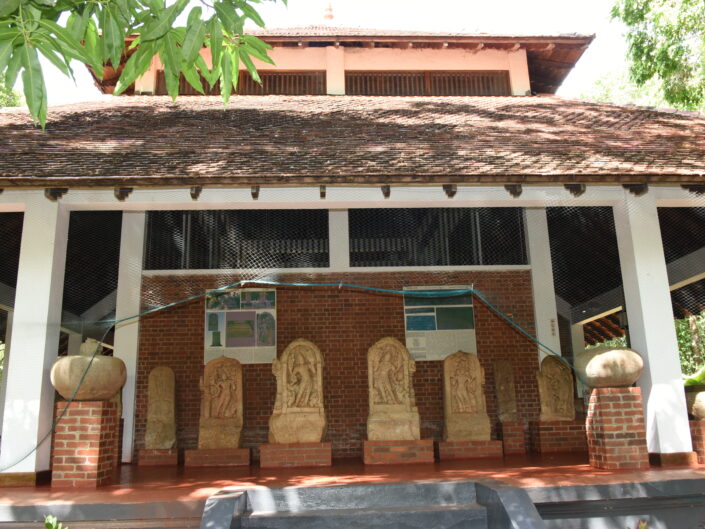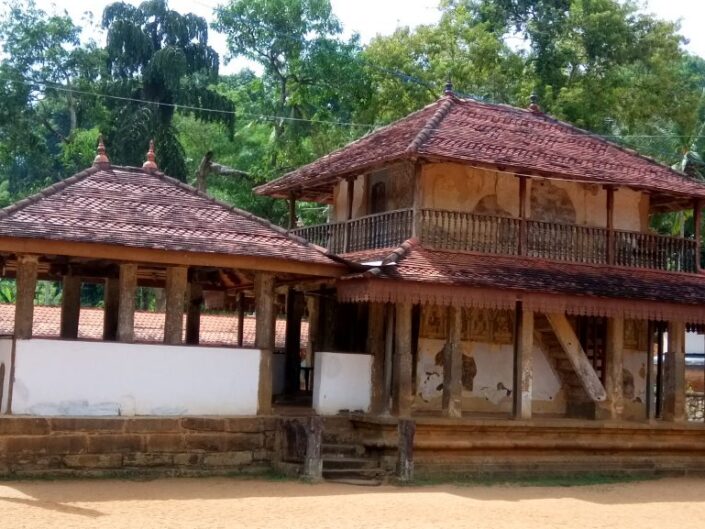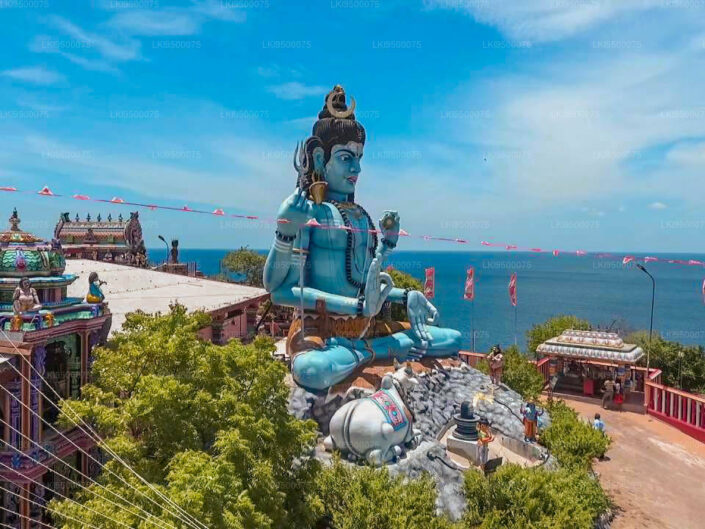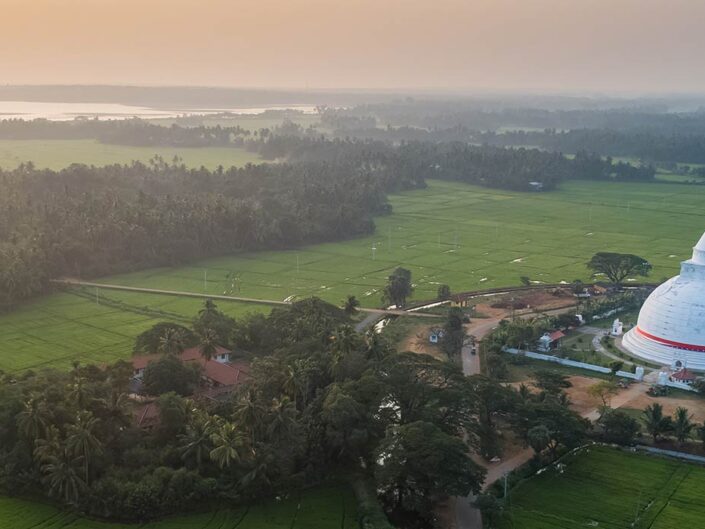Anuradhapura
“Anuradhapura: Heart of Ancient Heritage and Spiritual Wonder”
Anuradhapura, renowned as one of the most significant and sacred cities of the ancient world, was the first capital of Sri Lanka. Designated as a UNESCO World Heritage site, this historic city stands as a cornerstone of Buddhism, enriched by its grand history and an extensive array of Buddhist monuments that date back over 2,000 years. Among its remarkable structures are the world’s largest brick monuments, Jethavanaya and Abhayagiriya. The sacred Sri Mahabodhi, a revered Bodhi tree shrine of the Mahaviharaya, was planted in the 3rd century B.C., marking Anuradhapura as a site of profound spiritual significance.
The city’s historical and cultural importance is further enhanced by its sophisticated irrigation systems, which facilitated agricultural prosperity and contributed to the growth of its civilization. Anuradhapura flourished not merely as a religious center but also as a vibrant hub of commerce and trade, attracting pilgrims and travelers from distant lands. The intricate network of canals and reservoirs, a testament to ancient engineering prowess, supported the city’s substantial population and helped sustain its economic vitality.
Today, Anuradhapura continues to captivate visitors and devotees who seek to immerse themselves in its rich heritage and spiritual ambiance. The city is dotted with ancient stupas, monasteries, and archaeological treasures that exemplify the artistic and architectural achievements of its time. As a vital part of Sri Lanka’s identity, Anuradhapura remains a revered destination for those wishing to connect with the country’s Buddhist traditions, offering a glimpse into a sophisticated civilization that has left an indelible mark on the history of South Asia.
The Must-See Attractions in Anuradhapura
Mahavihara
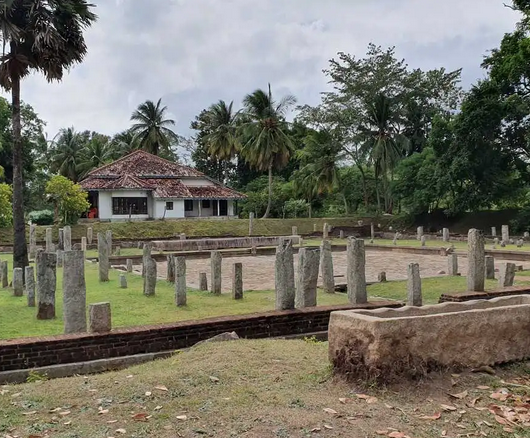
Abhayagiri
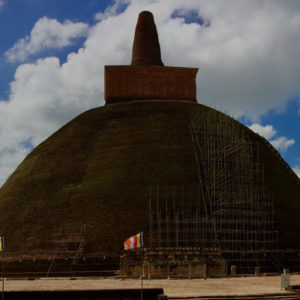
Jeetavanarama
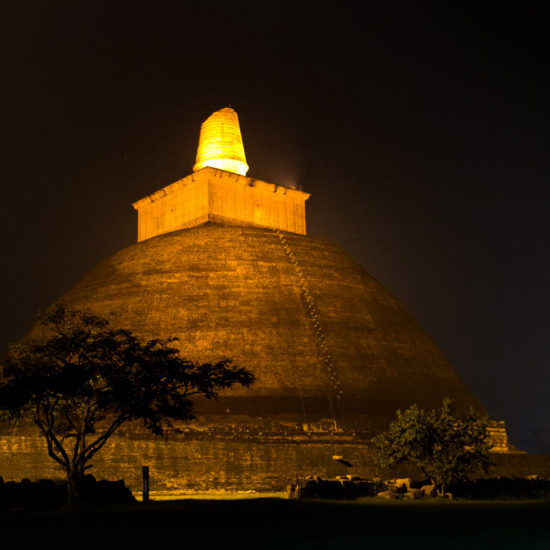
Location
Opening Hours
From 05:30pm to 18:30pm everyday
Contact Us
